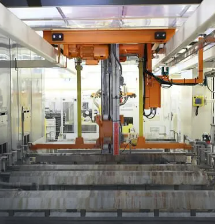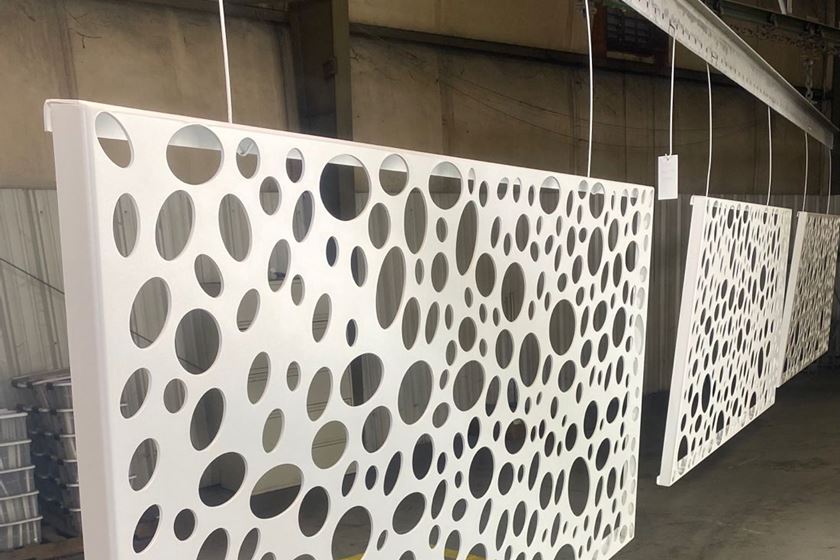Thermal Oxidizer
Our client has an RTO on its aluminum window frame painting line, and we supplied a total hydrocarbon analyzer to meet compliance. We get a huge spike in the readings when the RTO chambers cycle every four minutes. We can go from 3 to 6 ppm for four min, then spike to 400 to 1,000 ppm for a few seconds. I don’t believe RTOs should work that way and that switching should have little or no effect on efficiency. I think the client’s unburned paint is contaminating our gas analyzer.
#pollutioncontrol
Q. Our client has an RTO on its aluminum window frame painting line, and we supplied a total hydrocarbon analyzer to meet compliance. We get a huge spike in the readings when the RTO chambers cycle every four minutes. We can go from 3 to 6 ppm for four min, then spike to 400 to 1,000 ppm for a few seconds. I don’t believe RTOs should work that way and that switching should have little or no effect on efficiency. I think the client’s unburned paint is contaminating our gas analyzer. T.Y.
A. I believe you are right in your assessment of the problem. I’m guessing from your description that by “RTO” you mean regenerative thermal oxidizer and not recuperative thermal oxidizer. Both types of incinerators are used to burn volatile organic compounds in spray booth exhaust air, but this particular type uses heated ceramic discs.
I suspect that the operating temperature of the heated ceramic discs is not high enough, thus causing spikes in your readings. This may be caused by the hot air entering the ceramic disc bed not being up to the specified temperature, which should be at least 1,500ºF.
RELATED CONTENT
-
NOx Scrubbing Technology Breakthrough
This paper presents research findings and practical results that address the treatment of the problematic greenhouse gases nitrogen oxides (NOx) and sulfur dioxide (SO2).
-
Pretreatments: The Next Generation
Emerging technologies can save energy, ease environmental concerns
-
Plating Q&A: Can you color stainless steel?
Our expert, Art Kushner, says yes, you can color stainless steel, but it is not a process that is typically performed in a plating shop. Read more about his answer.















